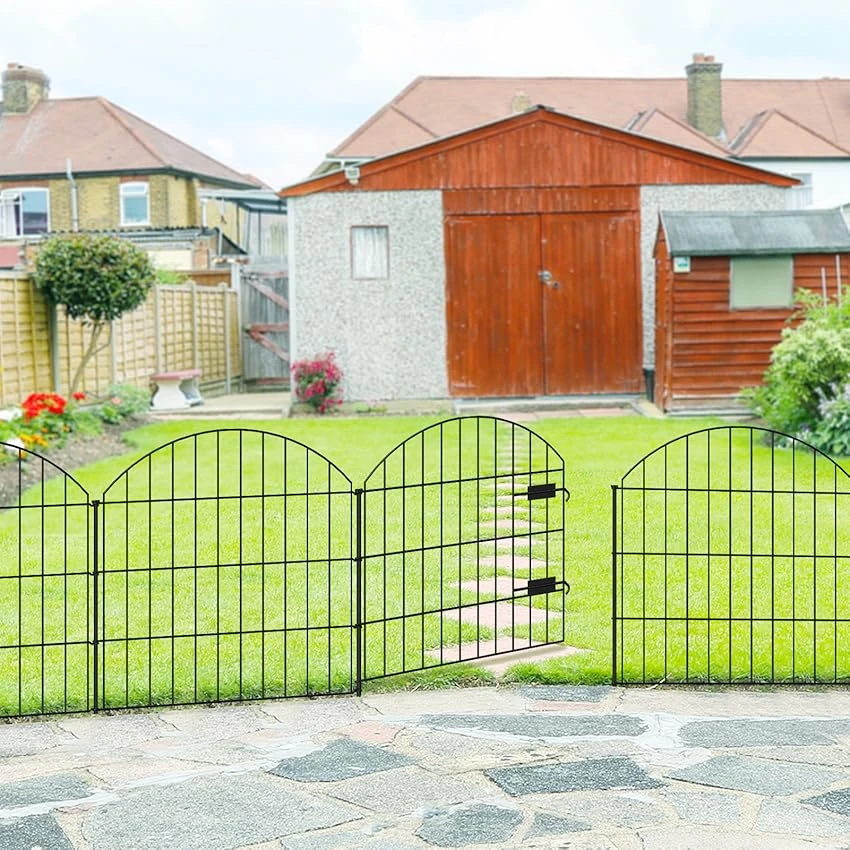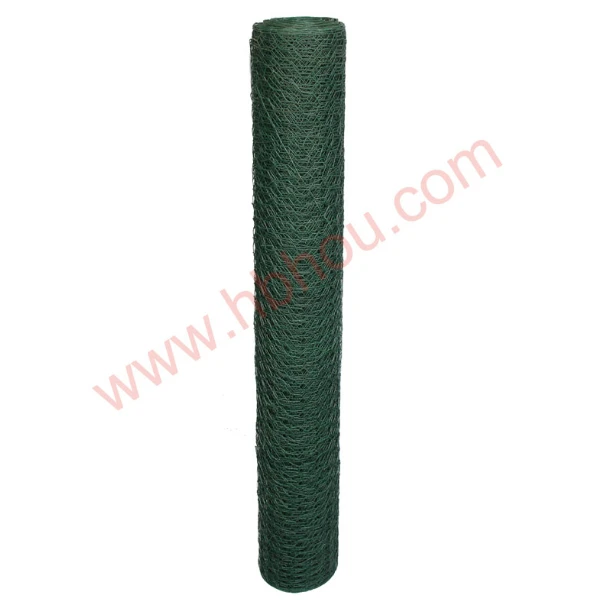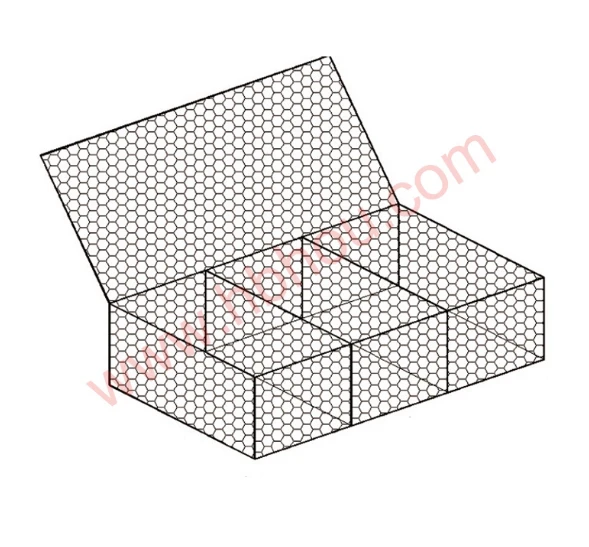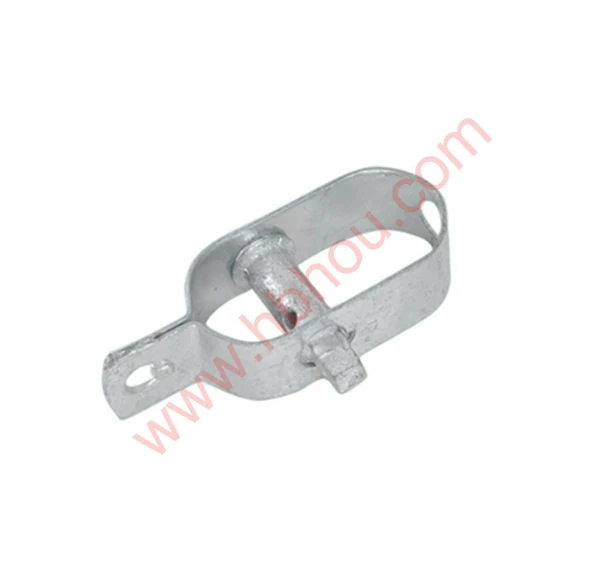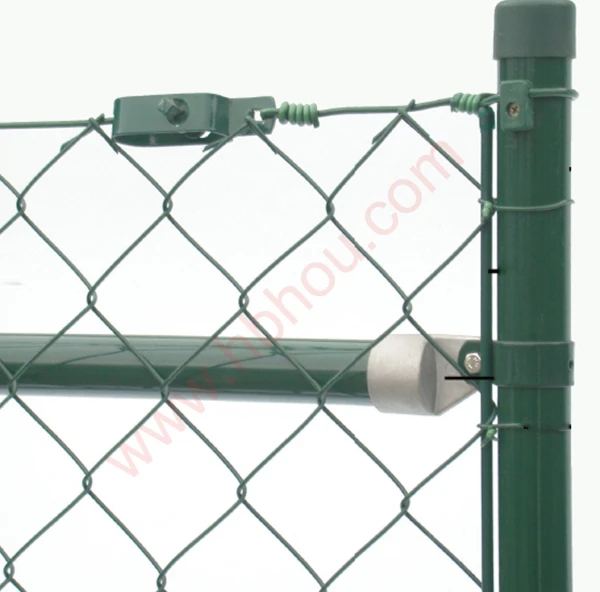Creating a Rabbit Protection Fence Essential Tips for a Secure Garden
In the world of gardening, few challenges are as compelling as keeping rabbits at bay. These adorable creatures are notorious for their penchant for munching on tender shoots, fresh greens, and blooming flowers. If you find your garden consistently raided by these furry intruders, it may be time to consider building a rabbit protection fence. This article will guide you through the process of creating a secure and effective fence to keep your garden safe.
Understanding the Need for a Rabbit Fence
Rabbits can be both charming and troublesome. While they may bring life to your garden, they can also devastate your crops in a matter of days. A rabbit fence is an effective solution that allows you to enjoy both gardening and the presence of nature without sacrificing the fruits of your labor. A well-built fence not only deters rabbits but can also protect your plants from other small animals like squirrels and raccoons.
Materials Required
For constructing a reliable rabbit protection fence, you will need several materials, including
1. Fencing Wire Use galvanized hardware cloth or chicken wire with holes no larger than an inch to prevent rabbits from squeezing through. 2. Fence Posts Wooden or metal posts will provide a strong foundation for your fence. Ensure they are sturdy enough to withstand the elements and any potential attempts by animals to dig underneath. 3. Tools You will need basic tools such as wire cutters, a hammer, and a drill for assembling the fence and securing the posts.
Designing the Fence
When designing your rabbit protection fence, consider the height and depth of the barrier
. A minimum height of 3 to 4 feet is ideal, as rabbits are capable of jumping quite high. To prevent them from digging under the fence, extend the bottom edge of the wire 12 inches into the ground or create a buried barrier by incorporating a horizontal section buried several inches deep.Installation Steps
rabbit protection fence

1. Plan the Layout Outline the boundaries of your garden, noting where the fence will be placed. Consider any areas that may require additional reinforcement. 2. Set the Posts Dig holes for your fence posts, spacing them about 6 to 8 feet apart. Ensure that the posts are sunk deeply enough to maintain stability.
3. Attach the Fencing Begin at one end of your perimeter and unroll the fencing wire, attaching it to the posts as you go. Use staples or ties to secure the wire tightly.
4. Secure the Base Ensure that the bottom of the fencing is firmly secured to the ground. If opting for the buried barrier method, use soil or gravel to cover the buried section.
5. Finishing Touches Inspect the entire fence for any gaps or potential weak spots. Reinforce these areas as needed to ensure there are no opportunities for rabbits to slip through.
Maintenance and Monitoring
Once your rabbit protection fence is in place, regular maintenance is essential. Inspect the fence periodically for damages or wear from weather conditions. Repair any holes or tears promptly before rabbits can exploit these weaknesses.
Additionally, try to combine your fencing efforts with other deterrent methods, such as planting rabbit-resistant plants around the perimeter or using scent repellents.
Conclusion
Building a rabbit protection fence can significantly enhance your gardening experience by safeguarding your beloved plants from these pesky nibblers. By utilizing sturdy materials and a thoughtful design, you can create a barrier that not only protects your garden but also allows you to enjoy the beauty of nature without interruption. With consistent maintenance, your fence will serve as a reliable guardian, preserving the fruits of your hard work and dedication to gardening.









